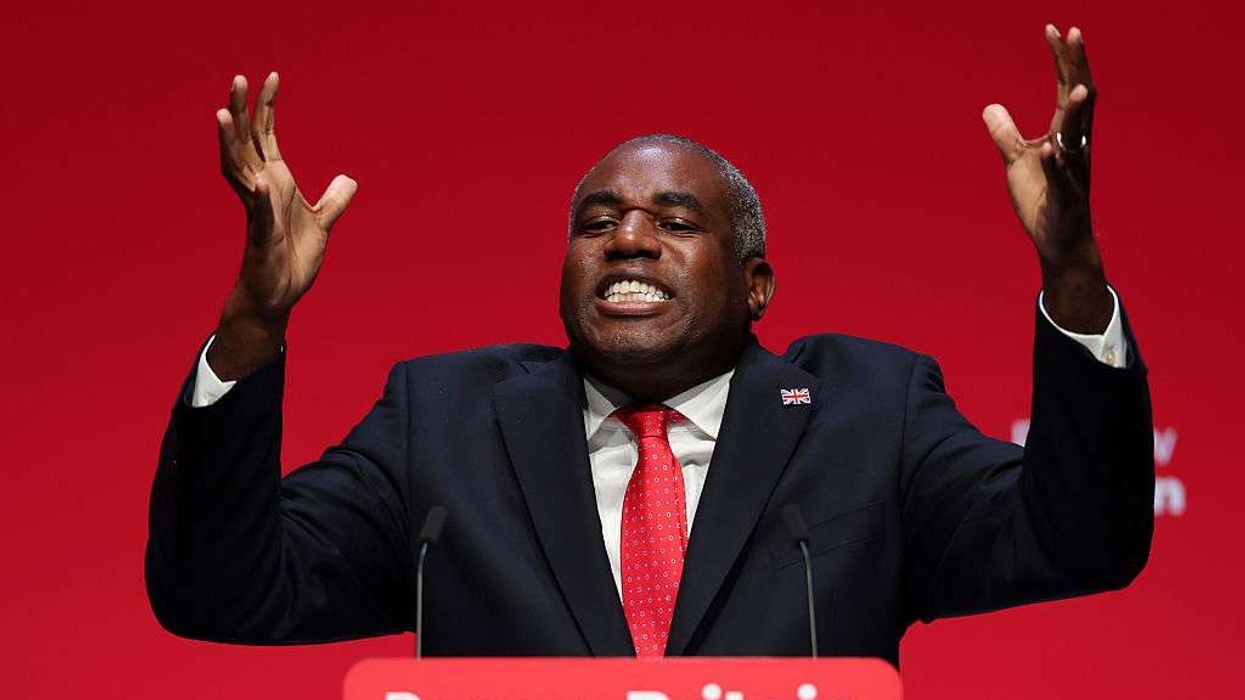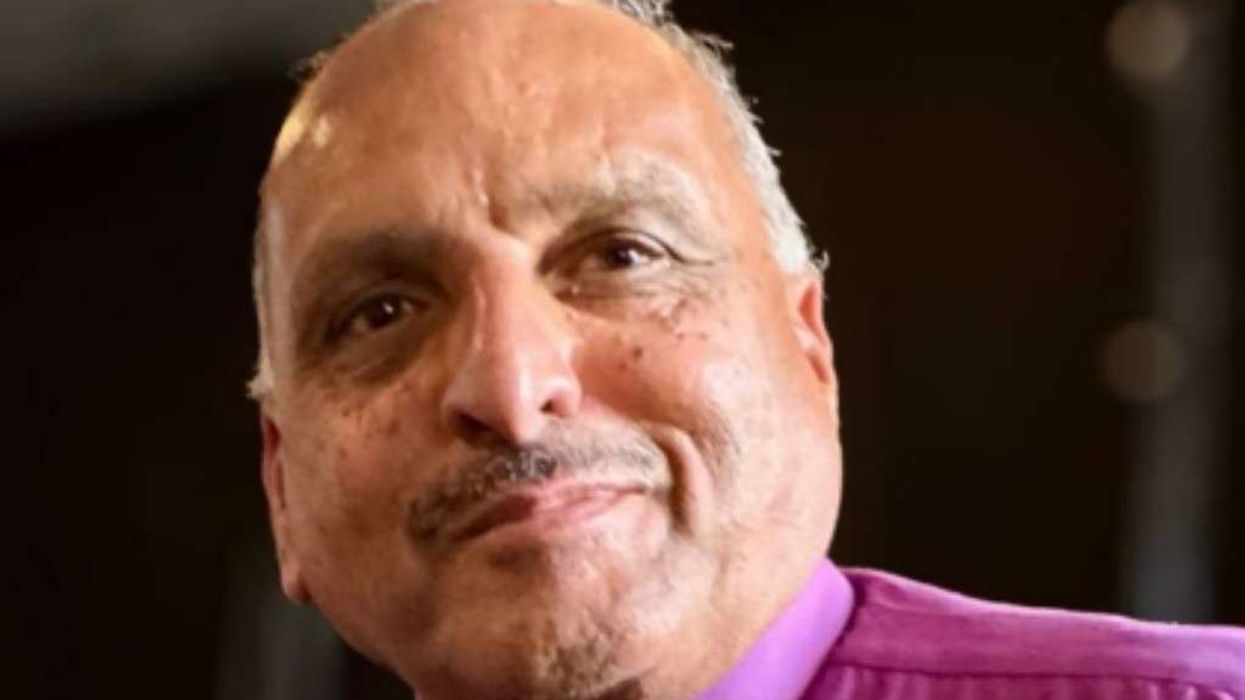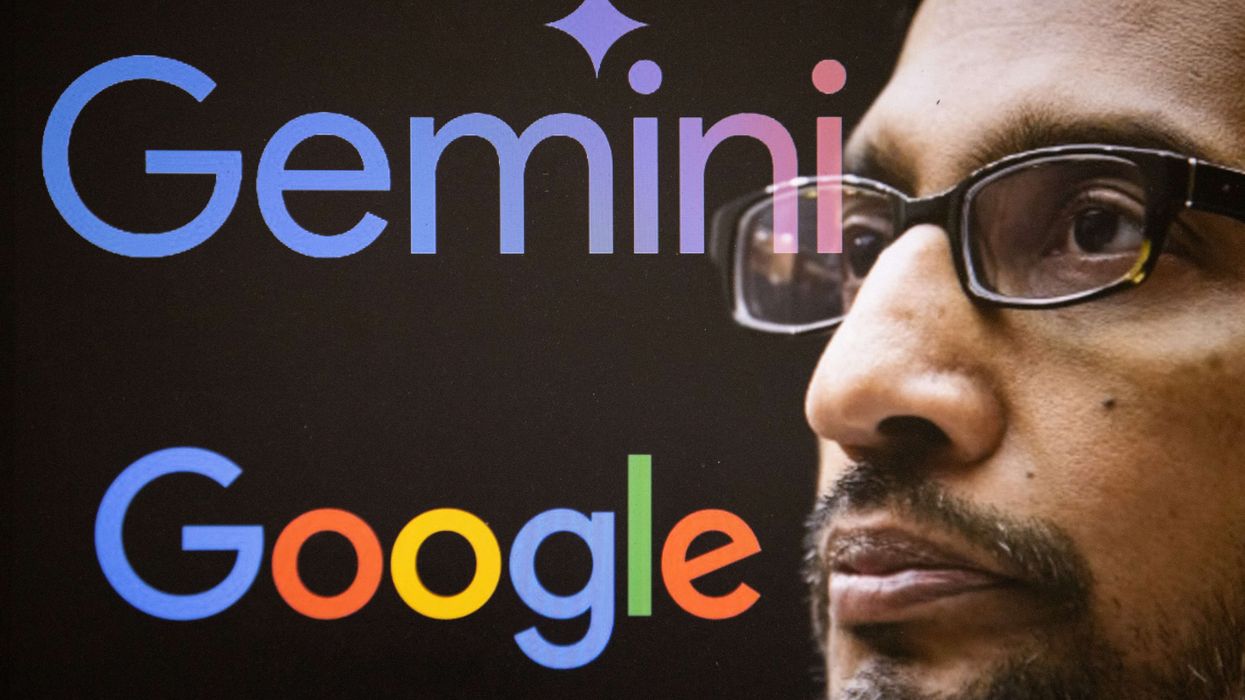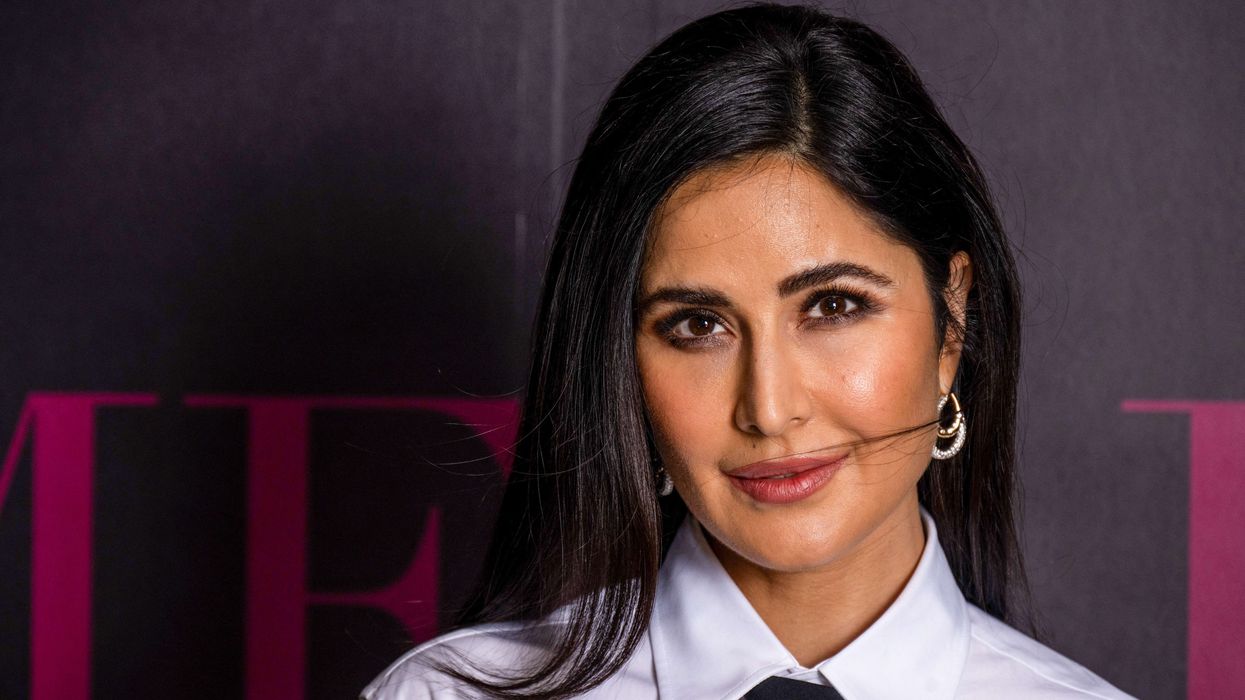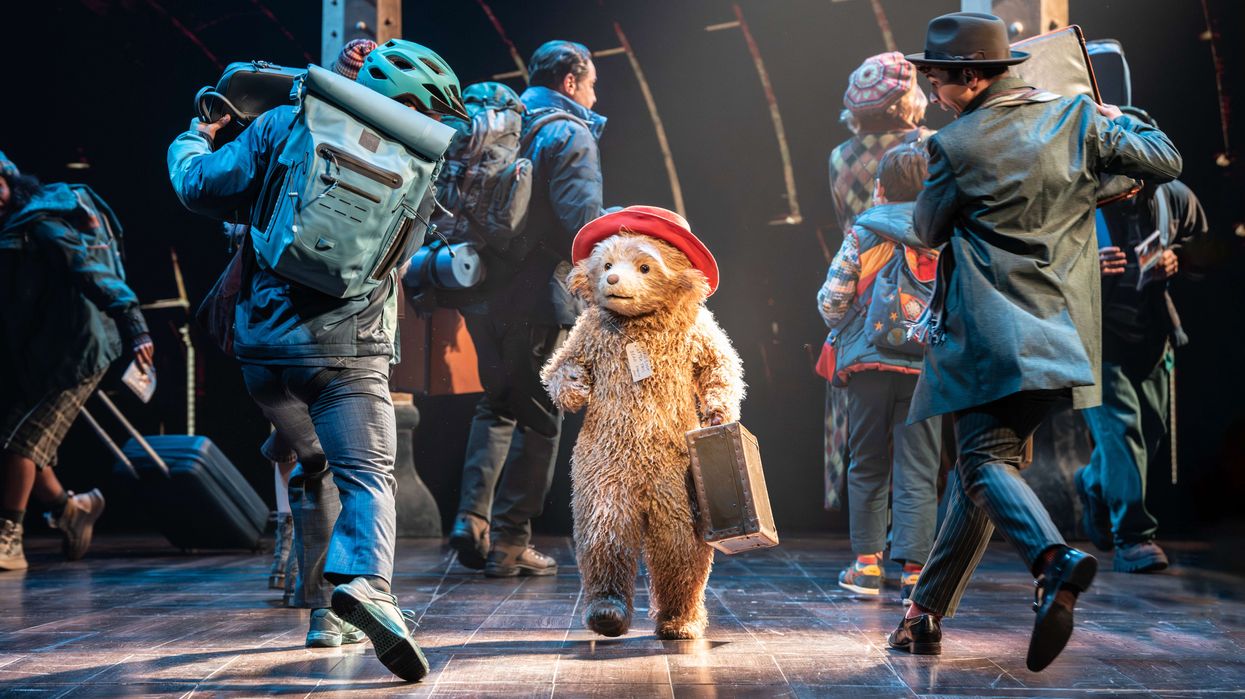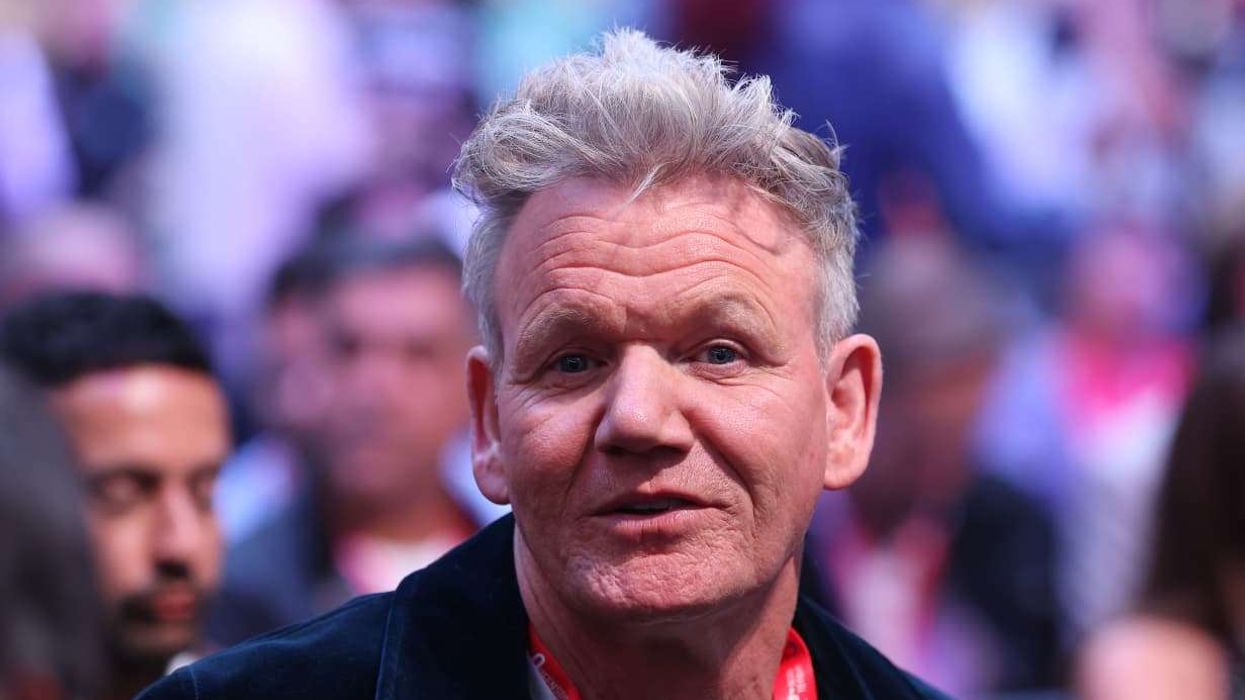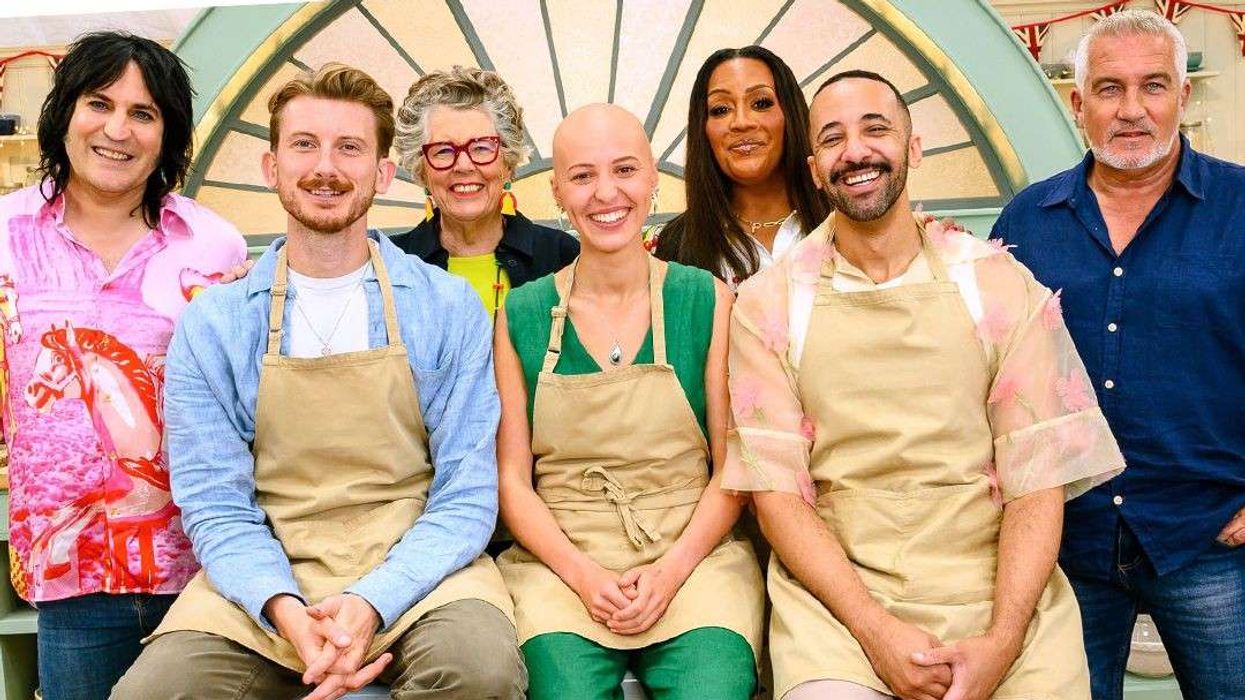Deepika Padukone has two interesting films in her kitty. She will be seen as an acid attack survivor in Meghna Gulzar’s Chhapaak and will be playing Kapil Dev’s wife Romi Dev in Kabir Khan’s ’83. In both the film she has very distinct roles and after wrapping up Chhapaak in less than 48 hours she was supposed to switch from one character to another.
A source told a daily, “Deepika plays an intense character in Chhapaak, where she had to go deep into the life of Laxmi. Romi is completely different, so she had to let go of the emotional journey of the former and have a clean slate before starting her next shoot.”
Talking about how she switched from Laxmi to Romi, Deepika said, “I’ve always believed that a character never really leaves your system entirely. This time around, I took to cleaning and organising things around my home to help me cope with switching from Laxmi to Romi Dev in '83. It helped me de-stress and clear my mind of any clutter.”
Chhapaak is based on the life of acid attack survivor Laxmi Agarwal. Deepika’s character on the film has been named as Malti. The movie also stars Vikrant Massey in the lead role. It is slated to release on 10th January 2020.
Talking about ’83, the film is based on India’s victory at 1983 World Cup. The movie stars Ranveer Singh as Kapil Dev and this will be for the first time when we will get to see Deepika and Ranveer on the big screen together after their wedding. The movie is slated to hit the screens on 10th April 2020. It also stars Tahir Raj Bhasin, Saqib Saleem, Ammy Virk, Harrdy Sandhu, Jiiva, Sahil Khattar, Chirag Patil, Adinath Kothare, Amrita Puri, Dhairya Karwa, Dinker Sharma, Jatin Sarna, Nishant Dahiya, R Badree, Pankaj Tripathi and Zakir Hussain.
